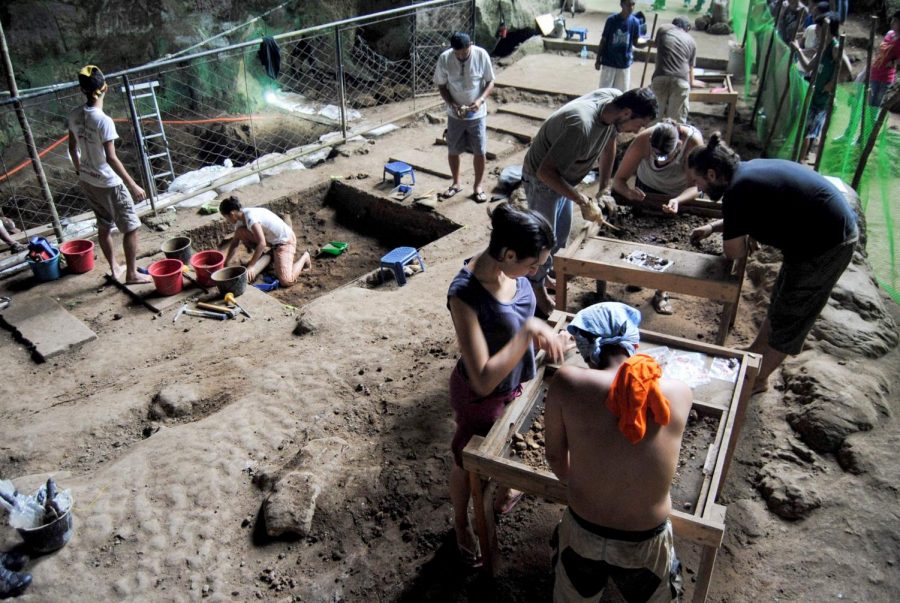World Wednesday: New human species found in Philippines
Armand Salvadore Nujares / AFP - Getty Images file
The excavation crew at the Callao Cave in the north of Luzon Island, in the Philippines, where an international multidisciplinary team discovered a new hominin species, Homo Luzonensis, on Aug. 9, 2011.
In the Philippines, on the largest island known as Luzon, a new species has been discovered. These species are not an animal species, but a human species.
This species is known as Homo luzonensis.
The physical makeup is a fusion from ancient ancestors and recent, current-day people. This may be proof that African people left Africa and made it all the way to Southeast Asia.
When our ancestors arrived in this region, there could have been three or four human species living within this region.
“After the remarkable finds of the diminutive Homo floresiensis were published in 2004, I said that the experiment in human evolution conducted on Flores could have been repeated on many of the other islands in the region…” states Professor Chris Stringer, who works for London’s Natural History Museum. (Paul Rincon, BBC News).
“That speculation has seemingly been confirmed on the island of Luzon… nearly 3,000 km away,” he said.

If you have ever seen this extremely well-dressed girl on the morning news, then you have seen the wonderful Isabella Kanzius.
lsabella is a junior...











